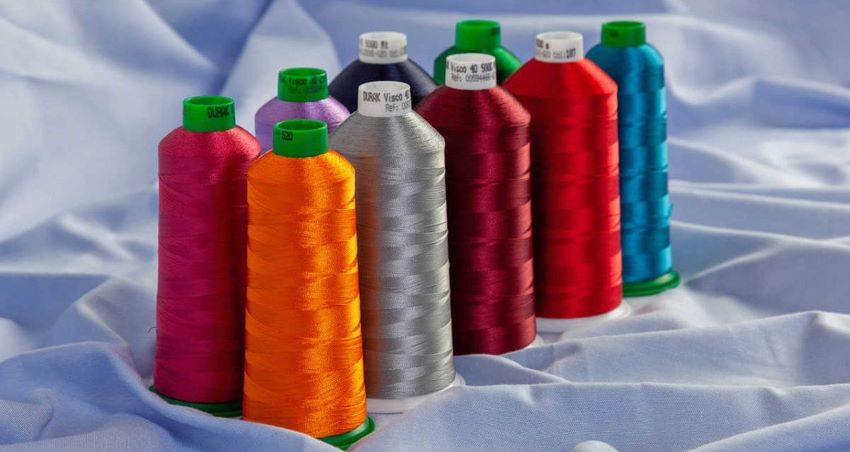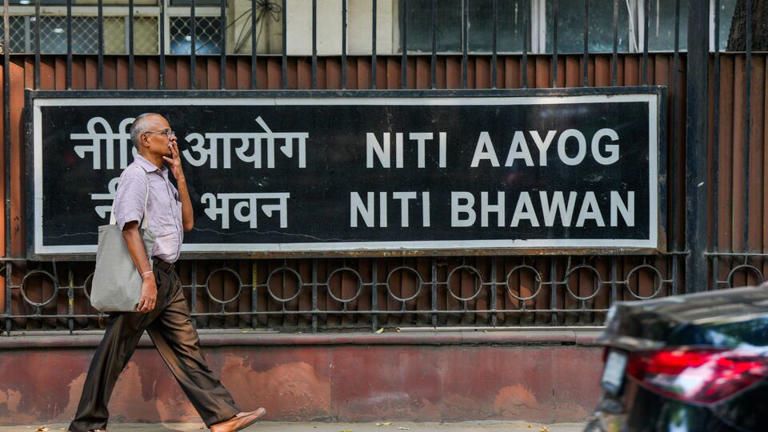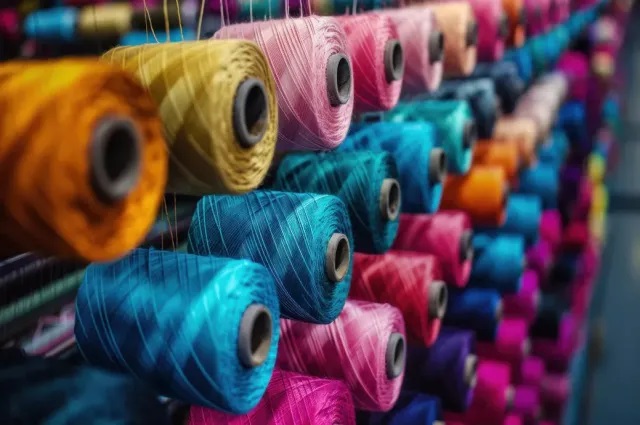Acknowledging the potential of the Indian cotton market, Marcelo Duarte Monteiro, Director- International Relations, Brazilian Cotton Growers Association (ABRAPA), notes, despite cultivating around 12.5 million hectare of cotton, India’s cotton productivity still lags behind Brazil. With targeted efforts, India could significantly boost its cotton yields, freeing up land for other crops and strengthening its agricultural output, he adds.
An increase in India's cotton productivity would also benefit the global cotton industry as a whole, opines Monteiro. Producer of 5.33 million tons of cotton annually, India is the second-largest cotton producer in the world, just behind China. Brazil, which produces 3.64 million tons, ranks third. Unlike India, Brazil has minimal domestic cotton consumption, allowing it to export 2.72 million tons of cotton annually, making it the world’s largest cotton exporter. Meanwhile, India imports 0.44 million tons to meet its domestic demand, offering Brazil a significant opportunity to increase its market share in India.
Acknowledging the challenge of competing with synthetic fibers on price, Monteiro says, while synthetic fibers often have a cost advantage, cotton offers unmatched quality. Synthetic fibers, particularly plastic waste, are a growing concern in densely populated countries like India and Brazil, where waste management systems are often strained, he points out.
Though logistics and the geographical distance between Brazil and India pose challenges, increased trade could lead to more direct shipping routes, helping to reduce costs, Monteiro opines. Last year, Brazil exported one million tons of cotton to China last year, he emphasises, suggesting, even a portion of that volume exported to India could unlock new opportunities for trade, including other products.
Monteiro recommends Brazil to focus on supplying specific grades of high-quality, contamination-free cotton with staples longer than 29 or 30 millimeters. This specialised approach would fill gaps in India’s textile industry without directly competing with local farmers, fostering a complementary relationship between the two nations, he adds.
In Brazil, High Volume Instrument (HVI) testing is conducted on every bale of cotton. Two samples are taken from each side of the bale, combined for consistency, and subjected to both visual and HVI tests. The results are stored in a database, allowing for detailed tracking of the performance of different cotton varieties and regions. This system enables Brazil to deliver tailored products to clients and provides valuable data for ongoing research. By analyzing this data, Brazil continuously improves its cotton varieties, enhancing both yield and quality, a commitment to excellence that has been central to Brazil's success in the global market.












